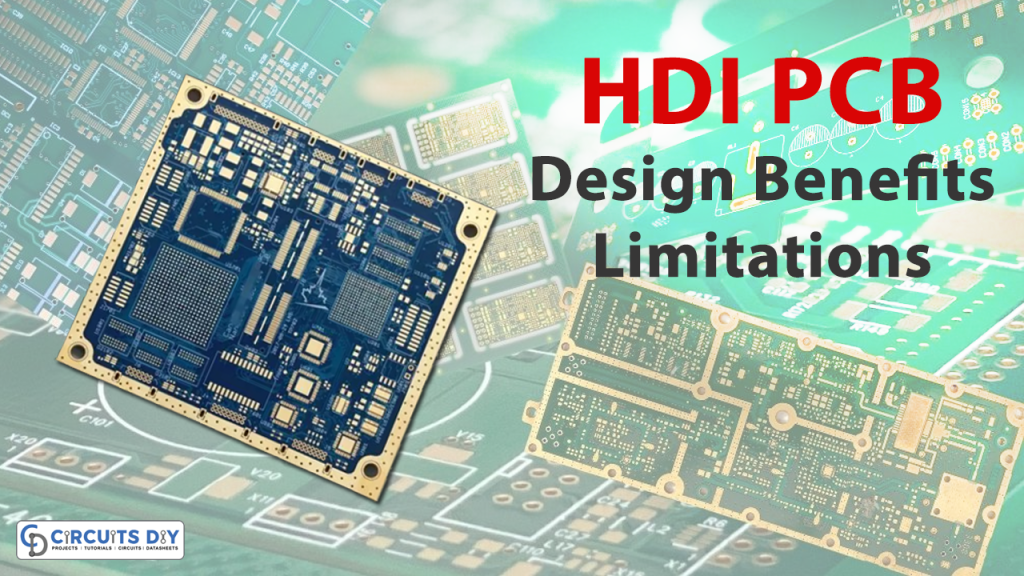High-Density Interconnect (HDI) PCBs signify a substantial improvement in produced signal table engineering, providing superior efficiency in lightweight digital devices. Unlike conventional PCBs, HDI PCBs leverage sophisticated manufacturing techniques to reach higher circuit densities and smaller type factors. This enables for the integration of more parts and efficiency right into a smaller space, making them perfect for applications where size and fat are important factors.
Among the essential features of HDI PCBs is their utilization of microvias, which are tiny holes drilled in to the PCB substrate to create associations between different layers of the board. These microvias help better redirecting of signs and energy, reducing indicate reduction and improving over all electrical performance. Furthermore, HDI PCBs may incorporate numerous levels of circuitry, more enhancing their functionality and flexibility.
The lightweight measurement and high-density layout of HDI PCBs also donate to improved signal reliability and reliability. With smaller indicate routes and paid down electromagnetic disturbance, HDI PCBs can support higher-speed information sign and more technical electric designs. That makes them well-suited for used in advanced electronics such as for instance smartphones, pills, wearables, and automotive systems.
In addition to their electrical efficiency benefits, HDI PCBs present advantages in terms of production performance and cost-effectiveness. By consolidating multiple parts onto just one table, HDI PCBs lower the necessity for extra construction steps and interconnects, streamlining the manufacturing process and decreasing over all production costs. Furthermore, their smaller size and light weight can result in savings on product and delivery expenses.
HDI PCB technology remains to evolve rapidly, pushed by the need for smaller, more powerful electric devices. Innovations such as for example loaded microvias, sequential lamination, and laser going are pushing the limits of what is possible with HDI PCBs, enabling sustained levels of integration and performance. As a result, HDI PCBs are positioned to play a central position in the progress of next-generation electronics across a wide range of industries.
Despite their many advantages, developing and production HDI PCBs may present challenges, especially when it comes to format, impedance get a grip on, and thermal management. Manufacturers must carefully consider facets such as for instance signal reliability, hdi printed circuit board distribution, and component placement to ensure optimal performance and reliability. Moreover, the usage of sophisticated production methods such as for example laser going and consecutive lamination requires specific equipment and expertise.

Over all, HDI PCBs represent an important development in printed enterprise table engineering, offering a mix of high performance, compact size, and cost-effectiveness that makes them ideal for a wide variety of applications. As electronics continue steadily to become smaller, lighter, and better, the demand for HDI PCBs is estimated to cultivate, driving more development in the field.